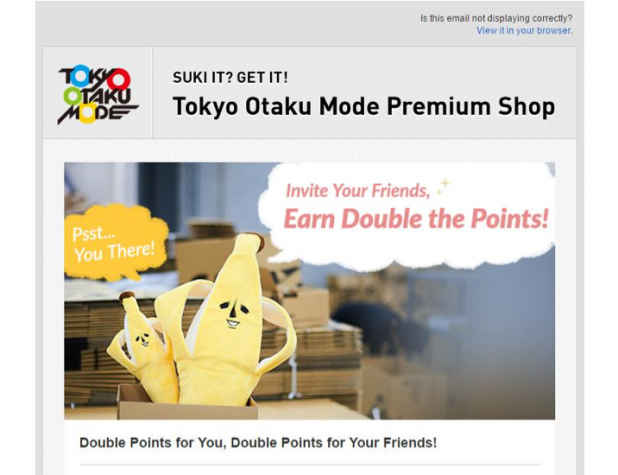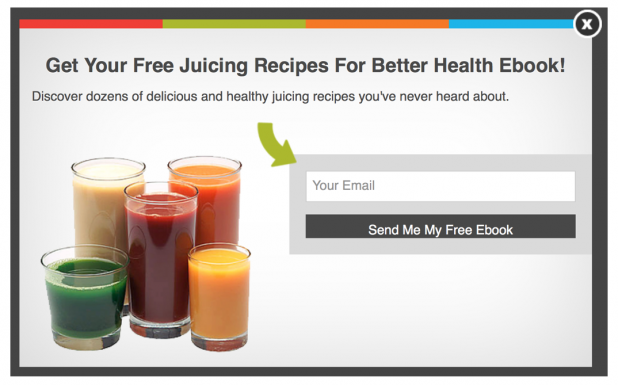It’s a rare business owner or marketer who’ll stop and say, “You know what? I think we’ve got enough customers.” The vast majority — for example, you — are always on the hunt for new ways to grow their base of loyal patrons.
You’d be forgiven if your thoughts first turn to flashy ads, eye-catching viral videos, or the ever-expanding allure of trendy social media influencers. There’s another tool, humble workhorse that it may be, which should be an indispensable aspect of your marketing plan.
I’m speaking of the newsletter. It’s the public face of an effective email marketing strategy. When you use email marketing effectively, you ensure that your customers are consistently thinking about and interacting with your brand.
In order for your newsletter to do its job, you’ll need a list of people, known as “contacts,” who have agreed to receive it. But how to put such a list of people together?
Choose an Email Marketing Tool
Though it’s possible to run an email marketing campaign entirely on your own, your life will be made much easier if you offload the burden onto an email marketing tool of your choice. Much ink has been spilled on the advantages they provide, but in sum, they handle the boring grunt work and allow you to focus on more important tasks.
Free and paid options exist, with varying degrees of functionality, complexity and user-friendliness. If you haven’t already begun using an email automation platform, you’ll want to spend some time sorting through your choices until you’ve found one that suits your preferences.
Give the People What They Want
The big question you must answer is this: “Why would someone want to hear from me?”
Understand that your contacts are people, not just wallets and bank accounts. Your newsletter must be seen as something which adds value to their lives — enough value to compensate for the additional emails hitting their inboxes.
The key here is to provide an incentive strong enough so that people will consent to receiving emails from you. In marketer-speak, these incentives are known as lead magnets. Here are some choices for how your lead magnet might look, depending on the nature of your business.
Are you a B2C retailer? Shoppers love discounts. Give them one for signing up.
Are you a blogger? Throw together an exclusive article that’s only available via your newsletter.
Are you a B2B service provider? Give new subscribers an on-brand whitepaper, e-book or e-course for free.
Using these suggestions as starting points, try and come up with an exciting incentive that’s custom-tailored to both the needs and interests of your audience as well as your brand message.

You’ve Got Your Bait — Time to Go Fishing
Once you’ve figured out how you’ll attract your subscribers, it’s time to go out and find them. People won’t be able to sign up for your newsletter if they aren’t aware that it exists.
This stage can take a number of different shapes. A brick-and-mortar store, for example, might have a physical sign-up sheet at the register. Let’s assume, however, that you’re going to focus on gaining subscribers via the internet. It’s time to create a landing page.
A landing page is a simple webpage that is designed in order to persuade viewers — people who have “landed” on it — into taking some sort of action. In your case, you want them to give you their email address. Many of the most commonly used email marketing tools will include a landing page creator, and if yours does, it’ll make your life much easier.
Your landing page should showcase the lead magnet you’re offering, as discussed in the previous section, and emphasize that people can obtain it by providing you with their email address.
Get Some Eyeballs on that Landing Page
A landing page on its own won’t be effective unless you’re consistently driving viewers towards it. You’ll need to supply your landing page with enough traffic so that it can get you the conversions you want.
You can transform your website into a powerful traffic generator for your landing page. Here are two ways to do it:
Use Pop-Ups
Many websites have taken to displaying newsletter opt-in pop-ups. List-builders use pop-ups because they get results, despite the negative connotations surrounding them. To reduce the irritation it can use, try delaying the appearance of your pop-up until viewers have had a chance to get acclimated. You can also trigger a pop-up when it seems as though a visitor is thinking about leaving your website.

Use Opt-In Bars
The opt-in bar is the less-intrusive cousin of the pop-up. It’s displayed at the top (or bottom) of your website and features a quick pitch, a call-to-action (CTA) button, and fillable contact form. You can also incorporate it into your website layout as a sidebar.
You’ve Got Subscribers, Now Give Them Some Content!
These introductory steps should get you headed down the road to a healthy and active subscriber list. All you need to do now is provide them with a steady stream of interesting, exciting, and above all, value-adding content.
Even then, your hard work is not over. A recent study has shown that any contact list will degrade by 20 percent to 30 percent each year. This isn’t necessarily your fault, as people change email addresses all the time. It’s important that you continually nurture and grow your contact list to keep it stocked with engaged readers.
In any case, keep these strategies in mind, and you’ll be well on your way to cultivating a loyal and happy audience.





